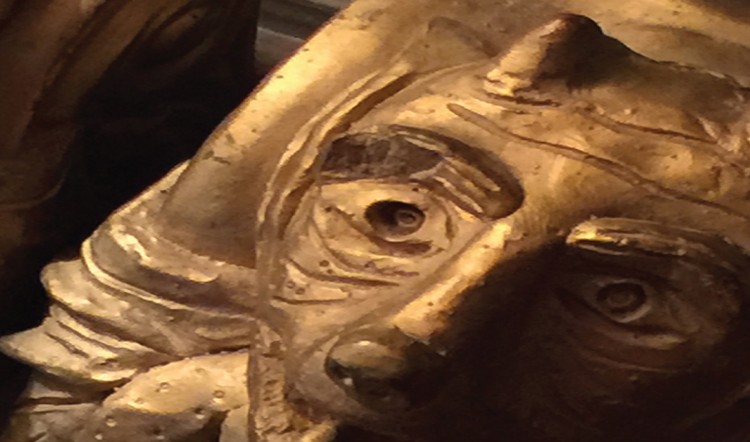Designing Difference
I’ve been working my way through a lot of Star Trek of late and I’ve noticed quite a bit of emergent patterns. For the record, I’m currently watching DS9. I watched a number of the earliest episodes when they first aired, but lost interest as the show went in directions I didn’t really appreciate so much at the time. Either my tastes have changed a great deal (quite possible) or it’s just a natural side effect of maturation. I’ve enjoyed a number of the episodes which are little more than character studies–focused shows dealing with the personality or interpersonal relationships of one or more characters. Some of the episodes were quite experimental and the series had as many misses as hits. However, rather than making this a critique, let me spotlight one of the things I’ve really noticed about how this show differs from the others.
1. The main characters are more a cast of rogues, often defying the rules and reveling in their separateness.
2. The main cast does not consist wholly of Star Fleet personnel.
3. Many of the shows deal with the space station and the show is largely centered around it (if the name wasn’t any kind of clue).
What does this teach us when we view it through a roleplaying lens?
The answer is simple. You can make just a few structural changes to your game world or any existing game world to have an experience that feels the same but different. For example, in Deadlands, you could have a group that is entirely Indians or in RunePunk you could have the party entirely consist of whitecloaks. For another twist, imagine a D&D game where the characters work in a dungeon and do police procedurals to discover what adventurer killed Kel the Kobold. Make a little twist and you can easily breath life into a tired campaign. Do not be afraid of failure. You’ll never know how things are unless you give them a try!
Until next time, I bid you, dear reader, adieu!
